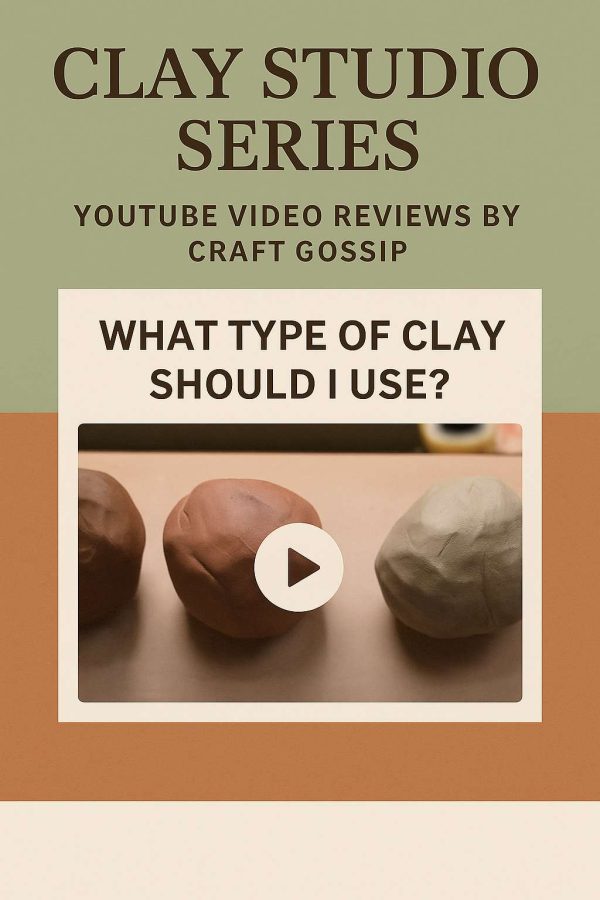 How to Make a Natural Poison Ivy Soap
How to Make a Natural Poison Ivy Soap
By JuDea Bentley from eHow.com
This is a very easy recipe for homemade soap that can be used for poison ivy or other uncomfortable rashes. This soap is also great for sensitive skin.
Difficulty: Moderate
Ingredients:
2 cups melt and pour soap or re-batched soap. Or you can use store bought soap.
4 tablespoons calamine lotion
4 tablespoons liquid glycerin
4 tablespoons finely ground oatmeal
microwave
plastic juice pitcher that fits in the microwave
A mold to use for the soap. I usually look around the house and see what I can find. A frosting can makes a nice round soap like in the picture.
Vegetable spray for mold
40 drops of rosemary essential oil
1. Cut the soap into small pieces. Place them in the pitcher. Heat on high for 20 to 30 seconds. Stir every 5 seconds. Repeat until all the soap is melted. This will be very hot when taken out of the microwave, so please use caution.
2. Allow the soap to cool slightly. Then stir in the glycerin, calamine lotion, and oatmeal. Then place the rosemary essential oil into the soap. This is a good preservative.
3. Next spray you mold with vegetable spray. I use a lot of household items for molds. The silicon cake pans are great for mold. The cake rosette silicon pan make adorable soaps. For the round soaps I just use a 16oz frosting plastic tub.
4. After you spray the containers pour the soap in slowly. Let the soap sit until hard. What I like to do is to put the mold in the freezer for a few hours before I pop it out of the mold. If you should decide to us a frosting tub you can always cut the tub if you cannot get it to pop out. Then cut the soap into 1 inch thick pieces. Happy Soap Making!
